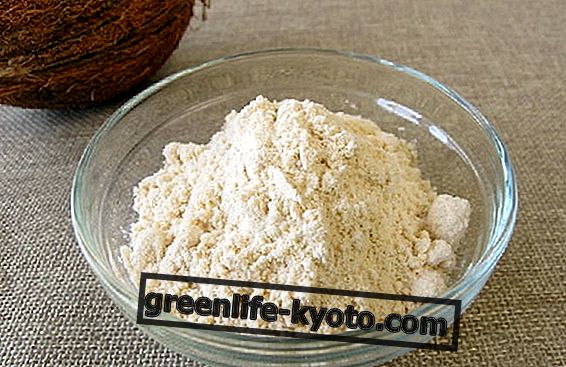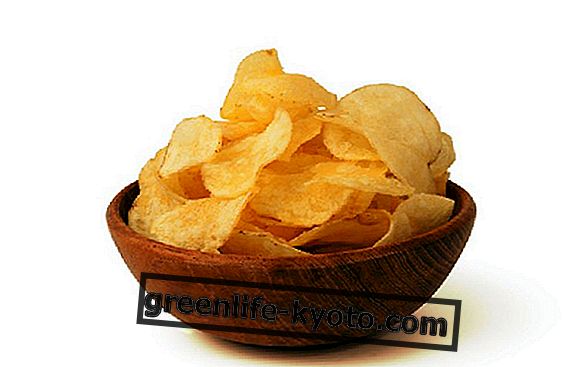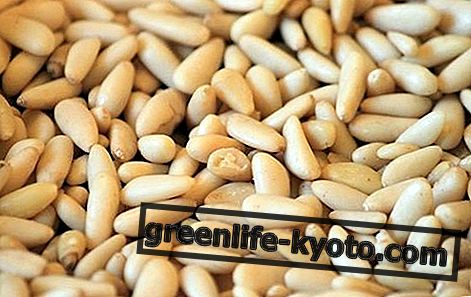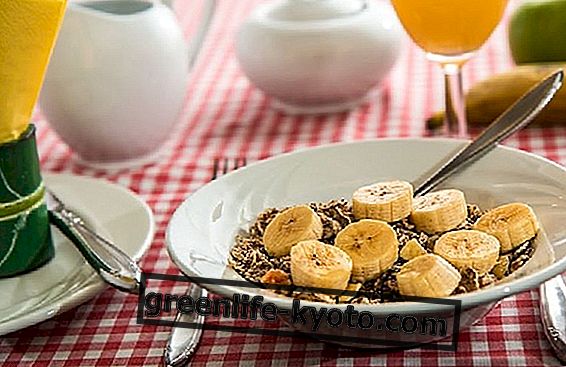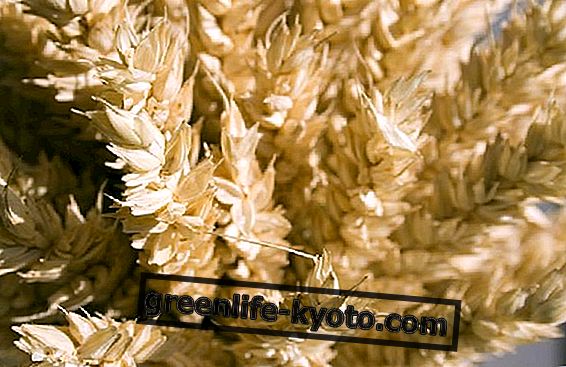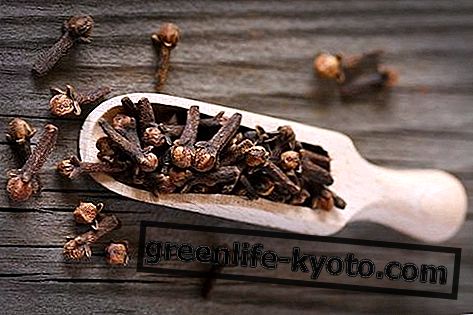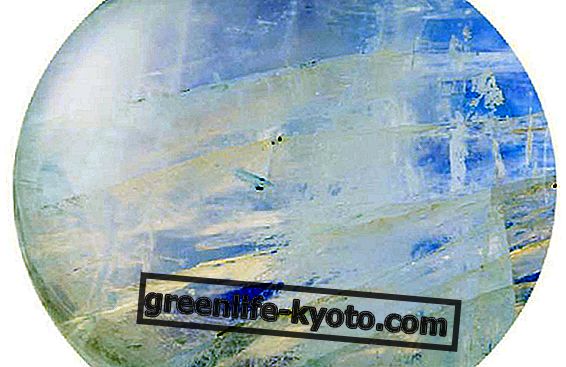
" I don't digest lettuce. Not even the apples ". It may seem like an exaggeration, but in reality it is only exclusively herbivorous animals that can perfectly digest all kinds of vegetables, with their numerous stomachs and the ancient occupation of ruminate .
We, who have only one stomach, ruminate especially with the mind and are little accustomed to plant food, we may have difficulty digesting the vegetable fibers, precious for our intestines and the health of the whole organism.
There are some tricks that can be put in place to improve fiber digestion . First and foremost that of starting to eat them, gradually getting our body used. Here are some other suggestions for better digesting the fibers.
How to digest fiber, suggestion 1: herbs, spices, algae
Among the foods richest in vegetable fibers are green vegetables, whole grains, fruit with thick skin and legumes.
These foods are difficult to digest and can create intestinal problems. The first rule is to consume it more often, because our body can get used to producing all the enzymes needed to digest them.
Then, add digestive herbs and spices when cooked or at the end of the dish. Combine herbs and spices according to your personal tastes. For example, have you ever tried beans with sage and fennel?
Here are some herbs and spices to better digest fiber:
- Basil
- Ginger (also good as a dopopasto herbal tea)
- Laurel
- Origan
- Mint
- thyme
- Cumin
- Rosemary
- Fennel seeds
- Dill
- Kombu alga: added to the cooking of legumes, it improves digestibility
Herbs and spices can be used both in cooking and in the final seasoning.
Dietary fibers: if you know the uses
How to digest the fibers, suggestion 2: preparation and cooking
Be careful when cooking fiber-rich products. Here are some small tricks to make them more digestible:
- Sprouting : Alfa-Alfa, soy, lentils, azuki beans and mung, chickpeas, are some of the seeds that can be germinated, or you can buy ready-made sprouts . Sprouting makes the seeds more digestible and rich in digestive enzymes : a winning combination! Before tasting the sprouted seeds, remove the external coating.
- Soaking : before cooking dried pulses rinse them thoroughly then soak them with a pinch of baking soda - in as much warm water as three times the volume of legumes (at least twice the volume) - for at least 8-12 hours. Do not use the soaking water of the vegetables for their cooking (you can use it to water the plants). Soaking is not normally used for fresh legumes and decorticated lentils and mignon.
- Cooking : cook the legumes on low heat, stirring occasionally with a wooden spoon; cover the pan partially with the lid. Steam cooking breaks down the cellulose fibers and transforms the plant cellular structure making them more digestible. Steam your vegetables and, why not, also try the fruit with the peel (which is usually richer in fiber and less digestible). Also cook your whole grains abundantly.
- Salt : do not add to cooking legumes. It makes them harder and less digestible. Put spices on it, as mentioned above, and if anything, a pinch of baking soda
- Whisk : invent healthy, fresh and home-made fruit and vegetable smoothies. It will do your health very well. The smoothie will contain chopped fibers and therefore much more digestible.
How to digest the fibers, suggestion 3: some natural "help"
If despite all the precautions, still struggling to digest the fibers, here are some suggestions that can help you, with strictly natural remedies :
- Vegetable carbon : helps absorb excess gas. Ask a professional for advice on the quantities and methods of use.
- Prebiotics : use it to keep your intestinal flora healthy, which will thank you and help you digest the fibers better.
- Herbal teas: after a meal rich in fiber, prepare a digestive herbal tea with chamomile, or fennel seeds, ginger or anise. Choose the one you like best.

